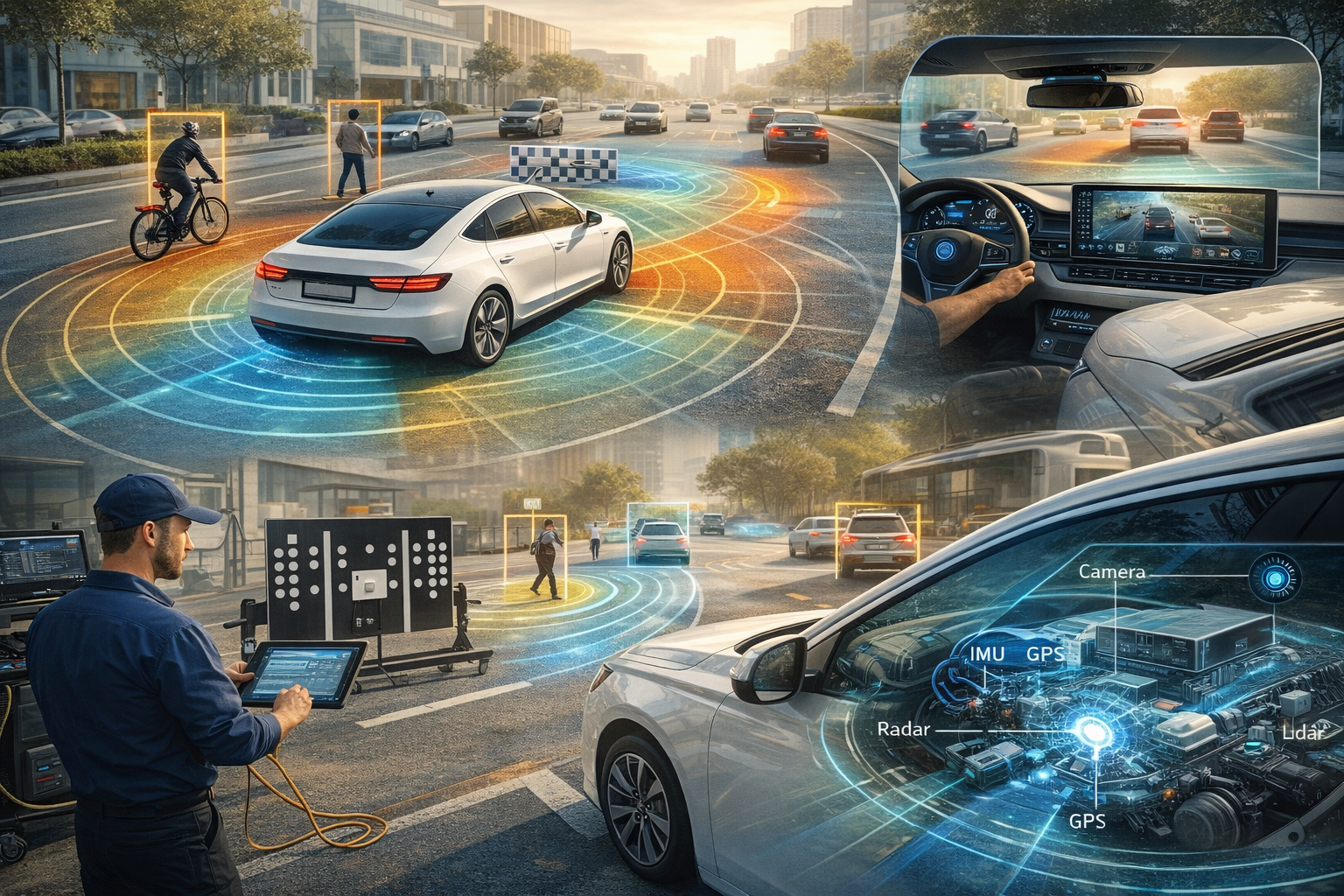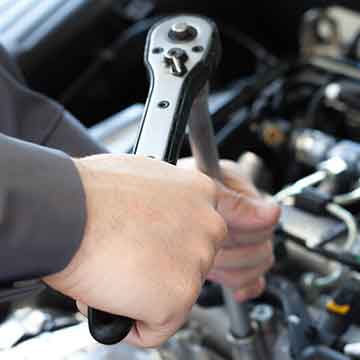Empowering Motorists: 'Right to Repair' Laws Arriving on July 1"
July 1, 2023, marked a significant turning point for motorists as 'Right to Repair' laws come into effect.

These groundbreaking regulations are designed to provide consumers with more control over the repair and maintenance of their vehicles. This shift in the automotive industry aims to boost competition, reduce repair costs, and enhance the rights of vehicle owners. In this article, we will delve into what 'Right to Repair' laws entail and how they will benefit motorists.
Understanding 'Right to Repair' Laws
The 'Right to Repair' movement has gained momentum worldwide as a response to concerns over proprietary software and restrictive practices within the automotive industry. These laws are intended to ensure that vehicle owners and independent repair shops have access to the same diagnostic and repair information as authorized dealerships.
Key Provisions of 'Right to Repair' Laws
Access to Repair Information: Vehicle manufacturers must provide access to comprehensive repair information, including manuals, diagnostic tools, and software updates, to independent repair shops and vehicle owners.
Parts Availability: Manufacturers must make available the same parts and tools to independent repair facilities and vehicle owners as they do to authorized dealerships, ensuring a level playing field for all.
Telematics Data Access: Telematics systems, which collect data from vehicles, must be accessible to vehicle owners and independent repair facilities with the vehicle owner's consent.
Fair Competition: These laws promote fair competition by preventing manufacturers from creating exclusive repair networks that limit consumers' choices.
Benefits for Motorists
Lower Repair Costs: Increased competition among repair providers will drive down repair costs, as independent shops can offer more affordable services and access to a wider range of parts.
Choice and Convenience: Vehicle owners will have the freedom to choose where they want their vehicles repaired, leading to greater convenience and potentially faster turnaround times.
Extended Vehicle Lifespan: Easier access to repair information and parts will contribute to prolonging the lifespan of vehicles, reducing the need for premature replacements.
Empowerment: Motorists will have more control over their vehicles, allowing them to make informed decisions about repairs and maintenance.
Support for Local Businesses: Independent repair shops, often small local businesses, will thrive under these laws, benefiting the local economy.
Challenges and Concerns
While 'Right to Repair' laws promise many benefits, some challenges and concerns need to be addressed:
Data Privacy: Access to telematics data raises concerns about data privacy and security. It is crucial to ensure that consumers' personal information remains protected.
Enforcement: Proper enforcement of these laws is essential to prevent manufacturers from finding loopholes or non-compliance.
Ongoing Innovation: Manufacturers argue that sharing proprietary information may stifle innovation, and striking a balance between innovation and consumer rights is a challenge.
The introduction of 'Right to Repair' laws that came into effect July 1 is a significant step forward for motorists. These regulations promise to empower vehicle owners, reduce repair costs, and foster fair competition within the automotive repair industry. While there are challenges to be addressed, the potential benefits far outweigh the concerns. As we approach this historic date, consumers can look forward to more choices, lower repair bills, and greater control over their vehicles' maintenance and repair processes. The 'Right to Repair' movement is poised to reshape the automotive industry for the better, ensuring a fair and open playing field for all stakeholders.








